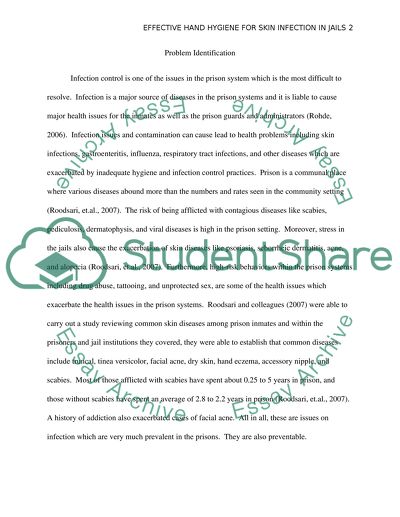Cite this document
(“Effective hand hygiene in jails Research Paper Example | Topics and Well Written Essays - 2000 words”, n.d.)
Retrieved from https://studentshare.org/nursing/1431855-effective-hand-hygiene-to-prevent-spread-of-skin
Retrieved from https://studentshare.org/nursing/1431855-effective-hand-hygiene-to-prevent-spread-of-skin
(Effective Hand Hygiene in Jails Research Paper Example | Topics and Well Written Essays - 2000 Words)
https://studentshare.org/nursing/1431855-effective-hand-hygiene-to-prevent-spread-of-skin.
https://studentshare.org/nursing/1431855-effective-hand-hygiene-to-prevent-spread-of-skin.
“Effective Hand Hygiene in Jails Research Paper Example | Topics and Well Written Essays - 2000 Words”, n.d. https://studentshare.org/nursing/1431855-effective-hand-hygiene-to-prevent-spread-of-skin.


